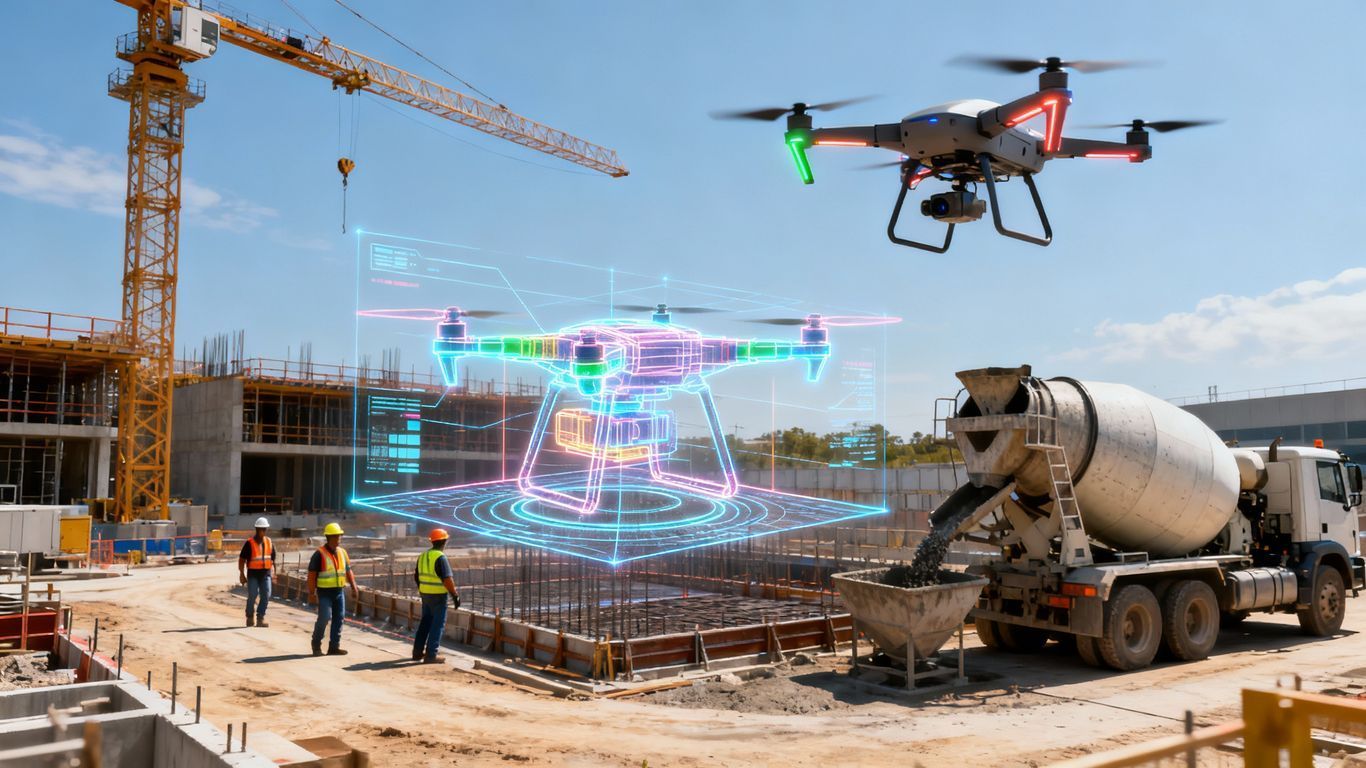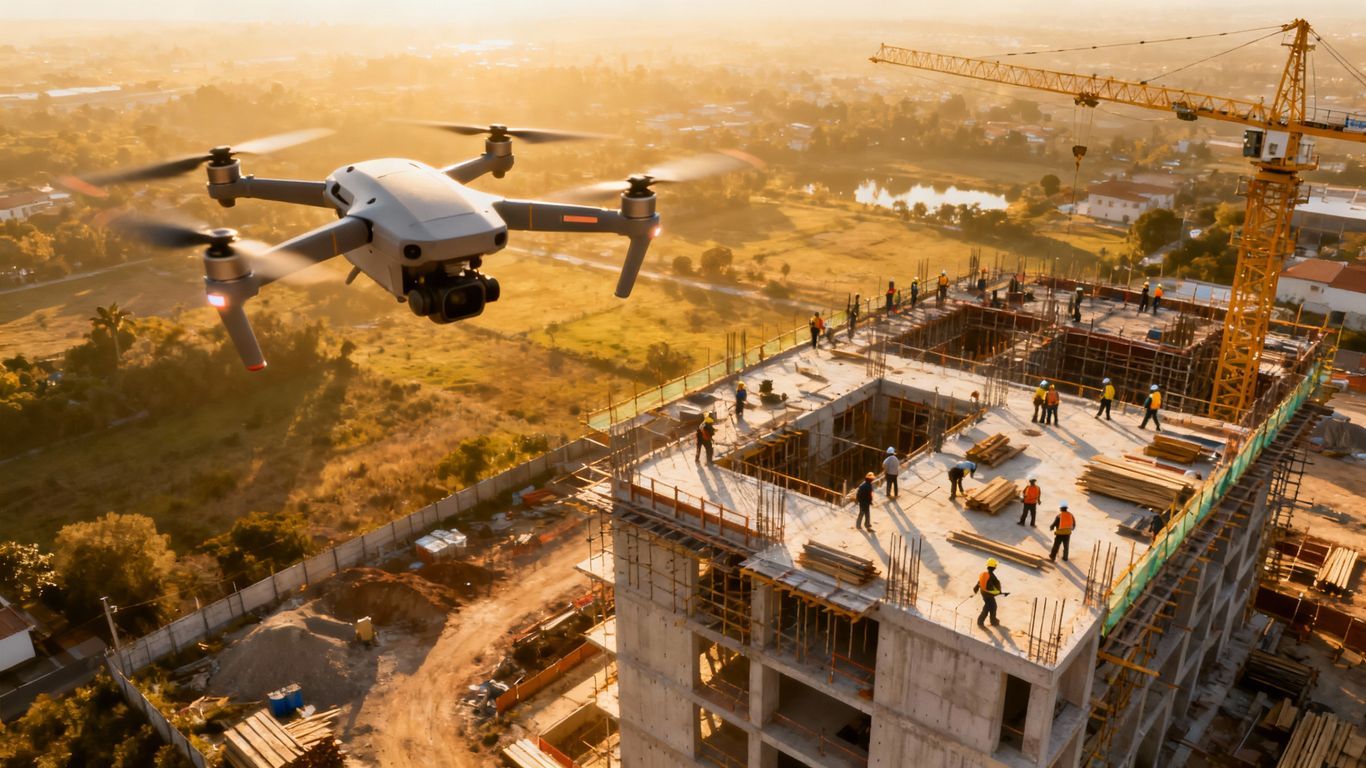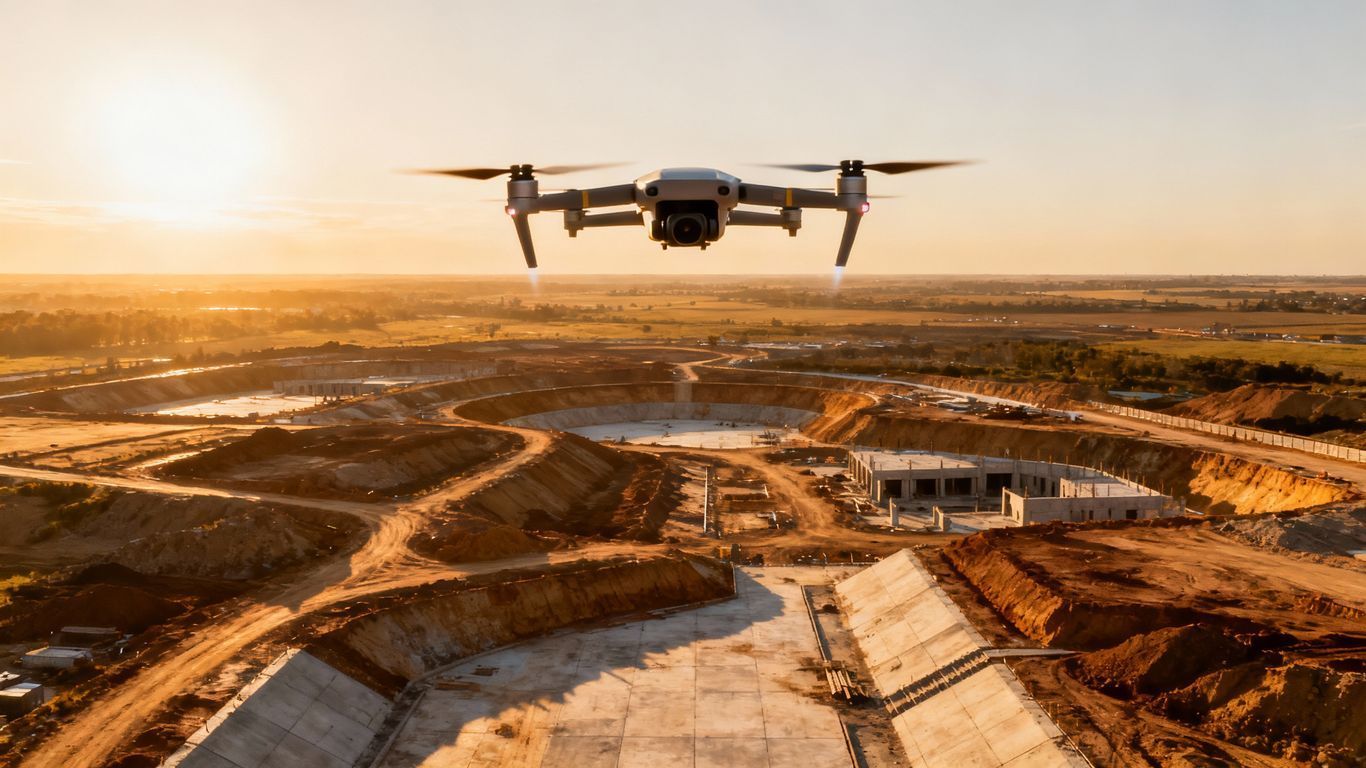Enhancing Construction Site Safety with Drone Technology
Construction site safety gets a major upgrade thanks to drones.
People overseeing projects and the teams keeping things safe absolutely depend on current drone technology to get their jobs done.
Imagine a busy construction site.
Things never slow down here.
A gamble today could be a sure thing tomorrow.
Getting crews home safe each day ranks as the top concern for every builder.
The catch is, older safety measures have real weaknesses.
Flying high above, drones bring a sweeping, full view of their job site for construction teams.
This helps them pinpoint risks, such as loose equipment or unsafe pathways, even in confined spaces, and address them quickly to prevent accidents.
Ready to view your construction project from new heights?
Contact 1st Choice Aerials today to schedule your aerial photography, inspection, or thermal imaging service!
On This Page:
The Rise of Drones in Construction
The drone industry has matured significantly over the past decade.
These were once just cool gadgets for hobbyists or strictly military tools.
Now, businesses count on them for all kinds of commercial work.
Initially, drones were primarily used to perform site surveys and for mapping.
Covering massive distances and squeezing into tricky spots, they became the obvious pick for keeping tabs on widespread, unsafe construction areas.
Today's construction drones are seriously useful, thanks to their advanced sensors and super clear cameras.
How Drones Improve Construction Site Safety
There are many practical ways drones improve project safety and efficiency.
1. Site Surveys and Mapping
Before the first shovel hits the ground, mapping drones can conduct detailed topographic surveys.
Surveys generate highly accurate 3D terrain models, allowing project managers to strategize precisely.
Getting this first information lets teams find safety concerns, like crumbling slopes, backed-up water, or surprises in the way.
Throughout the construction project, drones can repeatedly perform site surveys to update these maps.
This helps keep a close eye on how things are going compared to the initial plans.
2. Equipment and Materials Inspection
Inspecting tall structures and heavy machinery is inherently dangerous work for construction workers.
Drones can perform a detailed safety inspection of assets like cranes, scaffolding, and rooftops without putting a single person at risk.
This approach protects your people.
It also gets the job done faster and more completely than any manual effort.
Drones spot equipment issues like cracks or weak spots during routine checks, stopping big breakdowns later.
Drones watch over stacks of materials for any signs of safety risks.
They also fly out to inspect temporary buildings right after a rough weather event for a more accurate report of the site conditions.
3. Looking out for worker safety.
You get the best view from above with a drone, helping you watch workers on a big construction site.
Drones verify that everyone on the crew is following the set safety guidelines.
This includes checking for the proper use of personal protective equipment (PPE) and adherence to restricted zone boundaries.
Thanks to this constant watch, safety officers can step in right away.
They jump into action the moment someone gets too close to big machines or goes into a tight spot without permission.
You can show these visuals in safety meetings or during training.
This helps everyone clearly see the correct steps.
4. Emergency Response
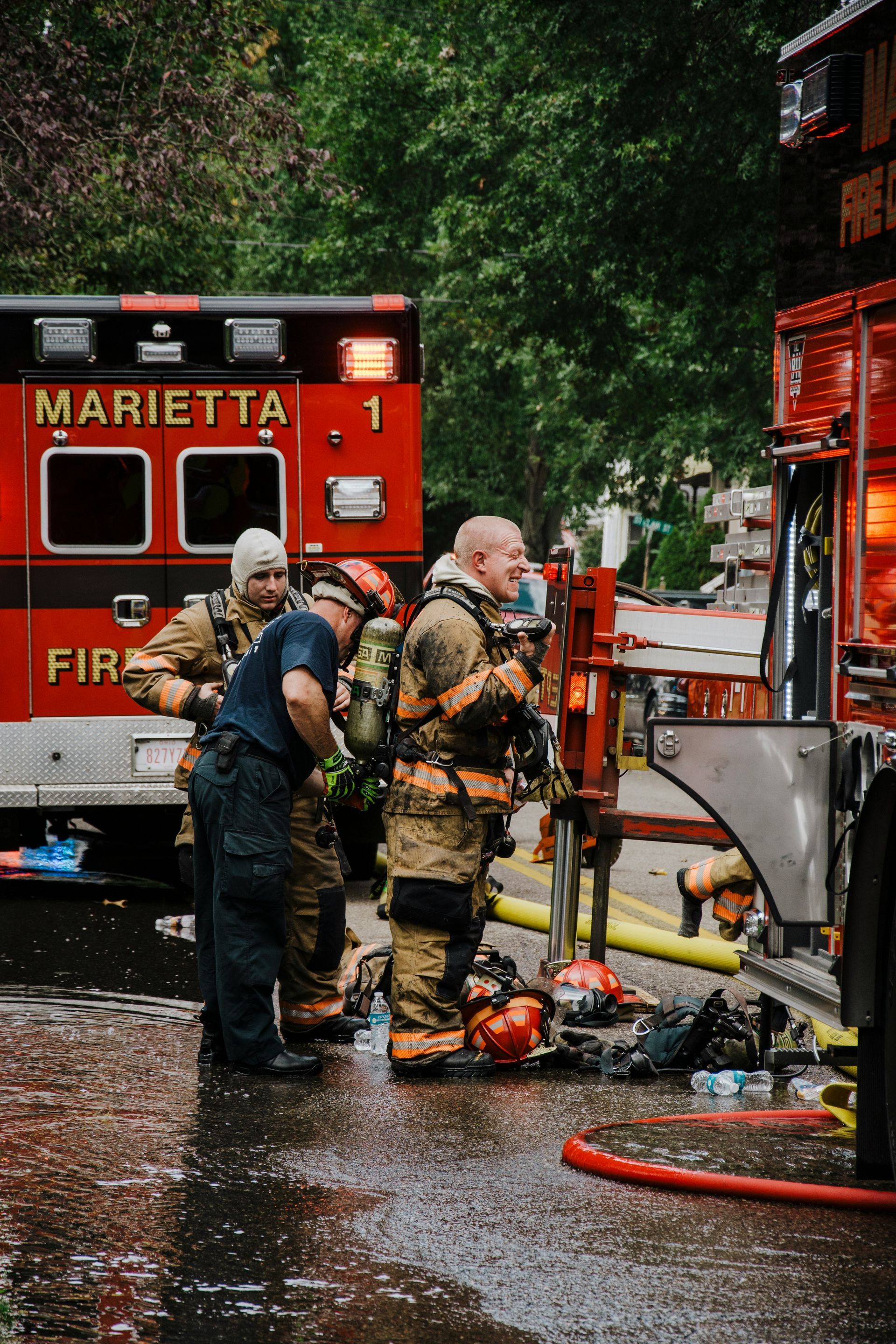
When an incident occurs on a construction site, a quick and informed response is critical for public safety and the well-being of workers.
A drone can be deployed within moments to get eyes on the situation.
First responders get live video straight to them, showing dangers ahead before they even step inside.
Drones fitted with heat-sensing cameras really shine when these situations pop up.
They can find folks who are hurt or trapped in hard-to-reach areas.
Think how fast we could act, sending help exactly where it's needed to save lives.
5. Improved Speed
Drones keep people safer.
They also make work go much faster.
Drones perform site surveys much faster than traditional ground-based methods, accelerating the planning phase.
This smooth operation continues project-wide.
The data drones provide is available almost instantly for project management and other stakeholders.
Getting everyone on the same page really helps us work through things.
Because of that, we can decide much faster and with better facts.
6. Better Documentation
Drones capture a comprehensive and unalterable visual record of the construction site at every stage.
Every sharp photo, video, and map here offers truly vital information.
Imagine giving clients clear updates on their progress.
You can also run smoother internal project reviews and build better marketing pieces with this.
Think about it: good records help you follow all the rules.
And they offer solid legal protection, too.
With this, you easily demonstrate compliance with all safety regulations and official building codes.
Solid proof is your strongest shield if a company disagreement ever flares up.
Challenges and Considerations
While the benefits are clear, adopting drone technology comes with its own set of challenges.
For construction firms to launch a drone program that actually works, they've got to remember a few key things.
A little upfront planning can really smooth out any bumps before they become big problems.
1. Regulations
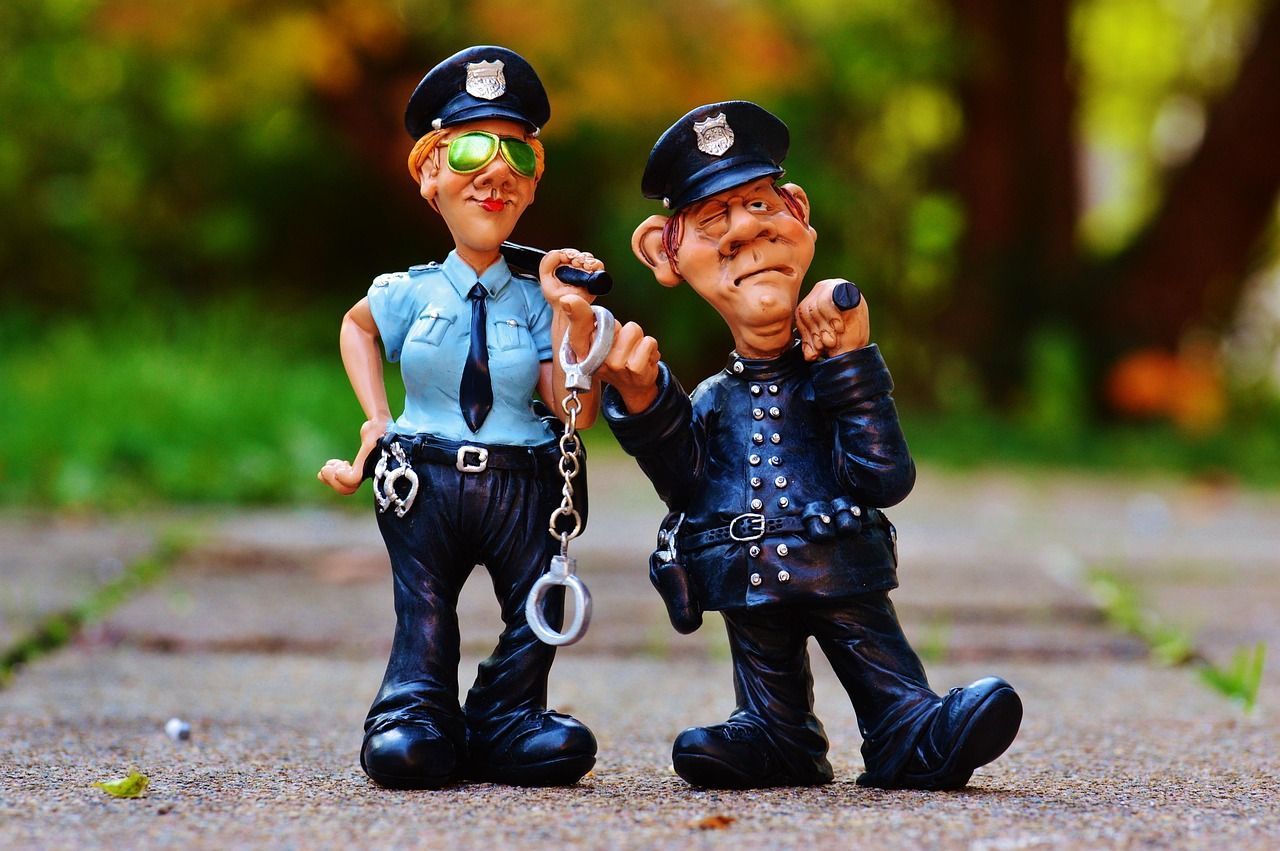
The use of a commercial drone is governed by aviation authorities like the Federal Aviation Administration (FAA) in the United States.
All businesses need to obey the safety rules, especially the detailed ones about flying drones.
Drone pilots must hold the proper certification.
For example, they need the FAA's Part 107 license.
You must understand air traffic rules, where drones can't fly, drone safety, and what's allowed when you fly over people.
Maintaining detailed flight logs and following a strict maintenance schedule are also parts of regulatory compliance.
2. Privacy Concerns
Using drones with powerful cameras can create privacy concerns, especially on construction sites adjacent to residential or public areas.
A company must have a clear privacy policy that dictates how visual data is collected, stored, and used.
This policy should be communicated clearly to both workers and the public.
Transparency is the best approach to managing these concerns.
Informing workers and neighbors about the purpose of drone flights can build trust.
Taking steps to avoid capturing sensitive information not relevant to the construction project is also a responsible practice.
3. Weather Limitations
Drones are aircraft, and their operation is subject to weather conditions.
High winds, heavy rain, snow, or extreme temperatures can make it unsafe or impossible to conduct a drone flight.
This limitation means drones cannot be relied upon 100% of the time.
Project managers must plan drone operations around weather forecasts.
You should also keep other inspection methods handy in case the first one is unsuccessful.
No matter the weather, our plans mean safety checks stay active, without interruption.
4. Training and Expertise
To use drones effectively, you need more than just a drone.
You'll want trained folks who can fly the drone without issues and then understand what its pictures or readings mean.
This requires a significant investment in training for an in-house team or hiring a specialized third-party service.
Knowing how to handle all that information well is also a big deal.
Drones collect tons of information; we then sort, arrange, and study it to find helpful facts.
For your drone program to truly succeed, map out how all its data flows, from collection right to the final report.
The Future of Drone Technology for Construction Site Safety
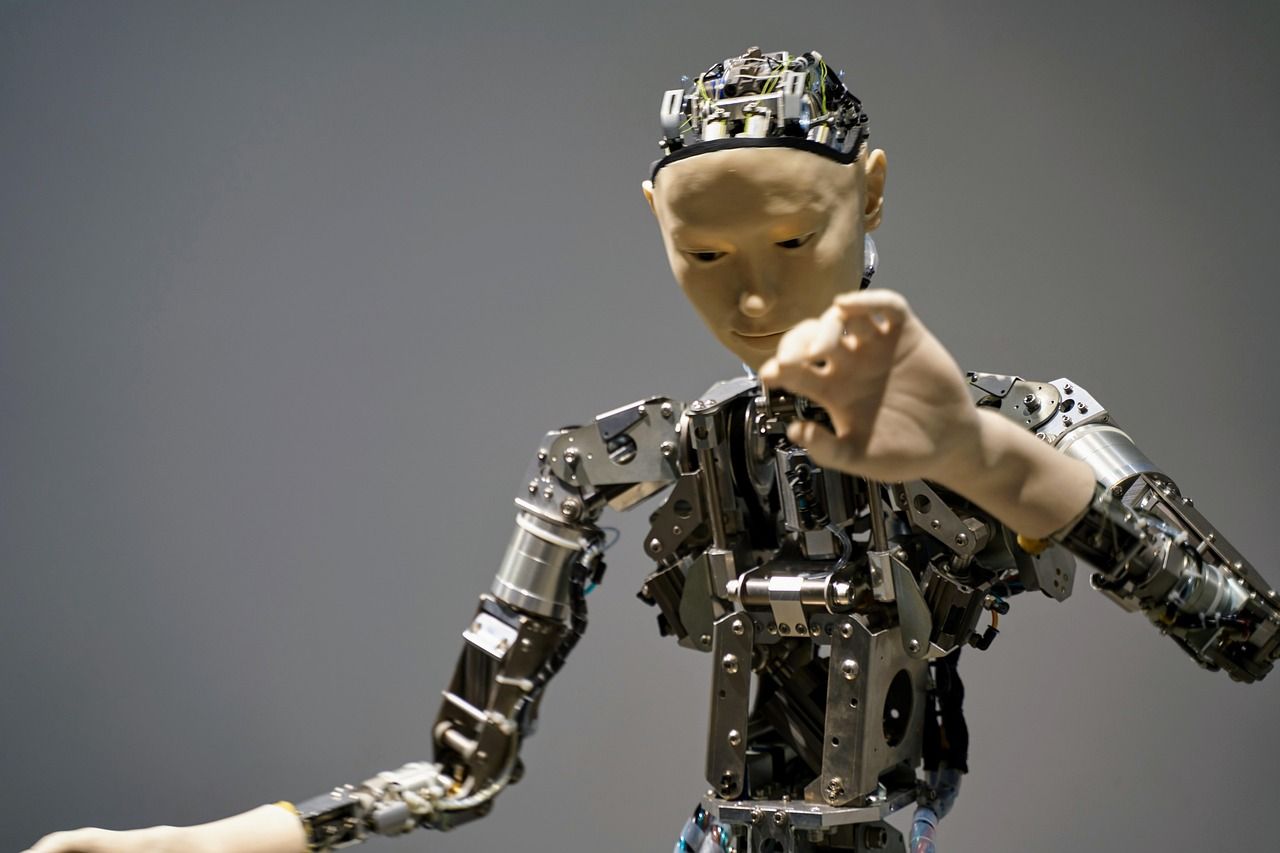
Get ready for drones to make construction projects much safer in the next few years, thanks to the following developments.
1. AI and Machine Learning
The integration of artificial intelligence (AI) with drone technology is a significant development.
Innovative computer programs will watch live drone video, instantly spotting any dangers on their own.
For example, an AI could instantly flag a worker who is not wearing a hard hat or a vehicle operating in an unsafe manner.
2. Integration with Other Technologies
Drones will become more interconnected with other digital construction tools.
They will feed data directly into Building Information Modeling (BIM) systems, allowing for automatic comparison of progress against the design.
Drones may also work in tandem with wearable IoT sensors worn by workers to provide a more holistic view of site safety.
3. Improved Sensors and Cameras
Drone sensor technology continues to advance rapidly. Drones now carry a bigger lineup of smart sensors.
Take LiDAR, for instance; it helps them create super precise 3D maps.
Thermal imaging?
Expect it to become standard.
They'll quickly spot hot electrical parts or reveal hidden water leaks inside buildings.
4. Autonomous Drones
The future points towards fully autonomous drone operations.
"Drone-in-a-box" systems are emerging, where a drone is permanently stationed on-site in a self-charging docking station.
These drones will fly their set paths all on their own.
They'll keep a continuous eye on safety, watching over things day and night without a human pilot.
Conclusion
That old idea of drones being some far-off dream for construction safety?
It's completely changed.
These days, they're a powerful, necessary part of protecting our teams on every new build.
Think about how construction companies keep their people and expensive gear safe.
With drones, workplaces become much safer and tasks get completed way more efficiently, with significant cost savings.
From initial topographic surveys and equipment checks to real-time monitoring of safety protocols, drones identify and help mitigate risks and improve safety at every stage.
When accidents drop, companies save money, and projects finish on time, the positive ripple effect becomes undeniably clear for the construction industry.
Ready to view your project from new heights?
Contact 1st Choice Aerials today to schedule your aerial photography, inspection, or thermal imaging service!
